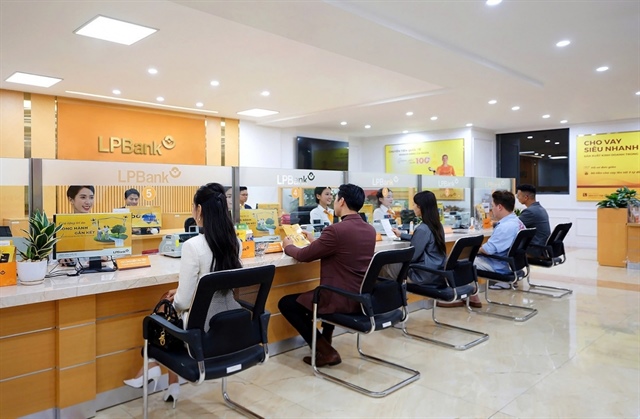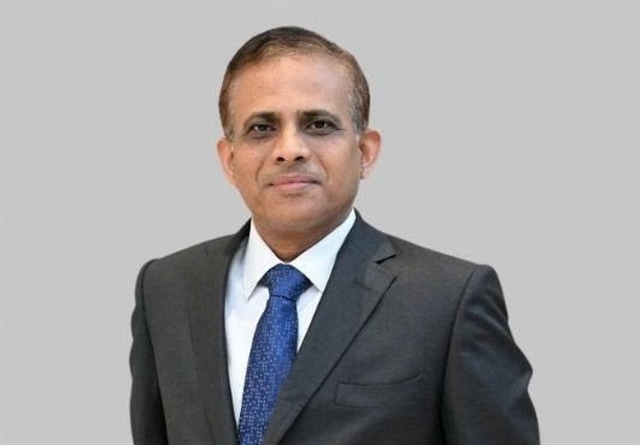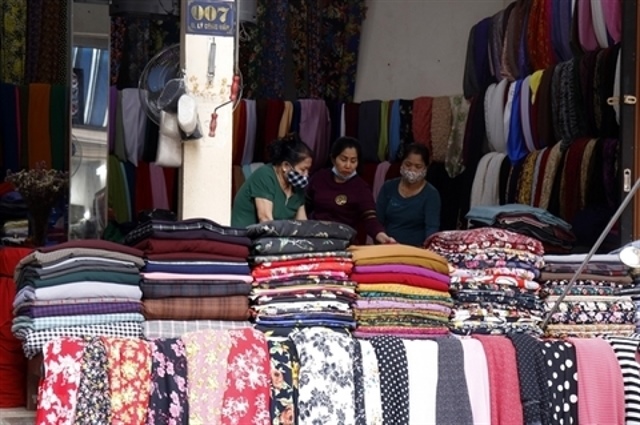Credit market cools in year-end season
Credit market cools in year-end season
The banks’ doors have been opened widely to welcome businesses in the year end production season. However, businesses do not intend to get in.

The year 2012 would come to an end in two months, but there has been no sign showing the increase in the loan demand.
Chair of Oriental Bank (OCB) Trinh Van Tuan said the bank’s credit had grown by 10 percent by the end of September over 2011, while the figure has not changed over the last month.
Tuan said that some businesses once asked the bank for loans, but they later did not turn up to sign contracts for the disbursement, after the bank agreed to provide loans.
Explaining this, Tuan said businesses still keep hesitant when activating the year end production season, because they are not sure about the purchasing demand.
Analysts have noted the considerable decreases of the enterprises’ inventories. However, this is just because enterprises have scaled down the production for fear of loss and unsalability. Therefore, banks cannot see many opportunities to push up lending.
Tuan also said that it would take businesses a long time to recover from the current difficulties, which means that banks would have a very tough year 2013 ahead.
“Businesses nowadays do not complain about high interest rates. At OCB, the interest rates are between 11 percent and 15 percent after the sharp falls from the peak of 22 percent. However, this has not helped,” Tuan said, emphasizing that interest rate is no more the barrier for businesses to access bank loans.
Sacombank’s General Director Phan Huy Khang said the highest credit growth rates were seen in the third quarter with the growth rate reaching to 8 percent by the end of September. Meanwhile, the loan demand in the year-end production season remains weak.
Khang has revealed that Sacombank plans to launch the credit package to serve the Tet production season, with which, businesses can borrow money for four months at the interest rate of 12 percent per annum, hoping that this would help increase the outstanding loans.
However, Khang has admitted that the 17 percent growth rate goal is unattainable.
“We try to lend as much as possible,” said Le Thanh Trung, Deputy General Director of HDBank when asked about the targeted credit growth rate, saying that targets do not have much significance in the current difficulties.
Trung hopes that HDBank’s credit growth rate would be some 20 percent this year, saying that the targeted 30 percent proves to be out of reach.
Meanwhile, director of a small bank in HCM City has also confirmed that very few businesses have asked for loans.
She said businesses themselves do not want to borrow money at this moment, because they anticipate that they would not earn enough money to pay debts. The bank itself has become choosier in disbursing money, thus having raised the lending interest rates slightly to 15-17 percent per annum.
In general, small banks always set up higher interest rates than big banks, while businesses would contact small banks only if they are refused by big banks. Therefore, small banks face higher risks which would be offset by the higher interest rates.
Nguyen Hoang Minh, deputy director of the HCM City Branch of the State Bank, said 200 trillion dong would be ready to lend to production companies which join the price stabilization program. The interest rate would be 13 percent per annum or lower.
vietnamnet



























